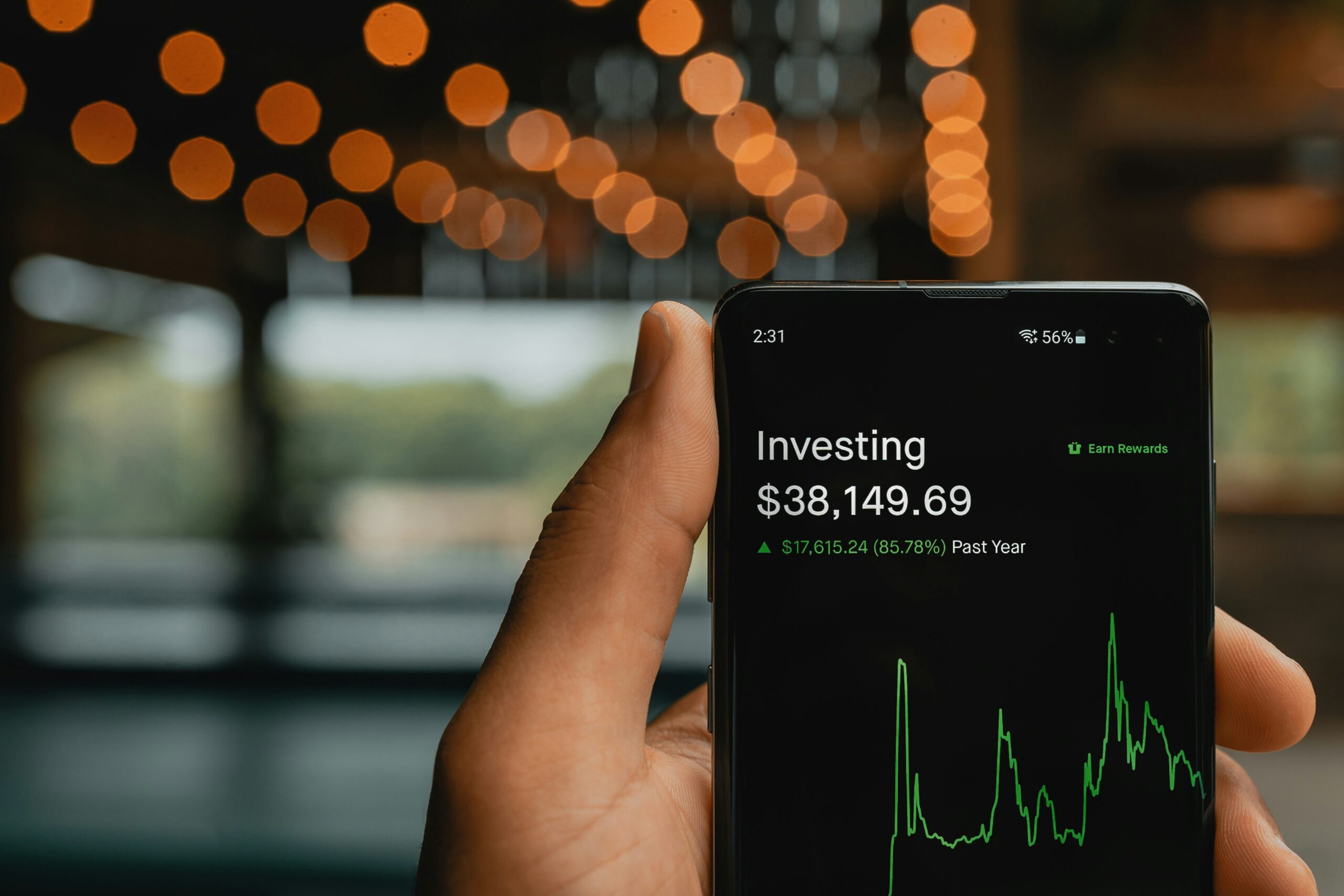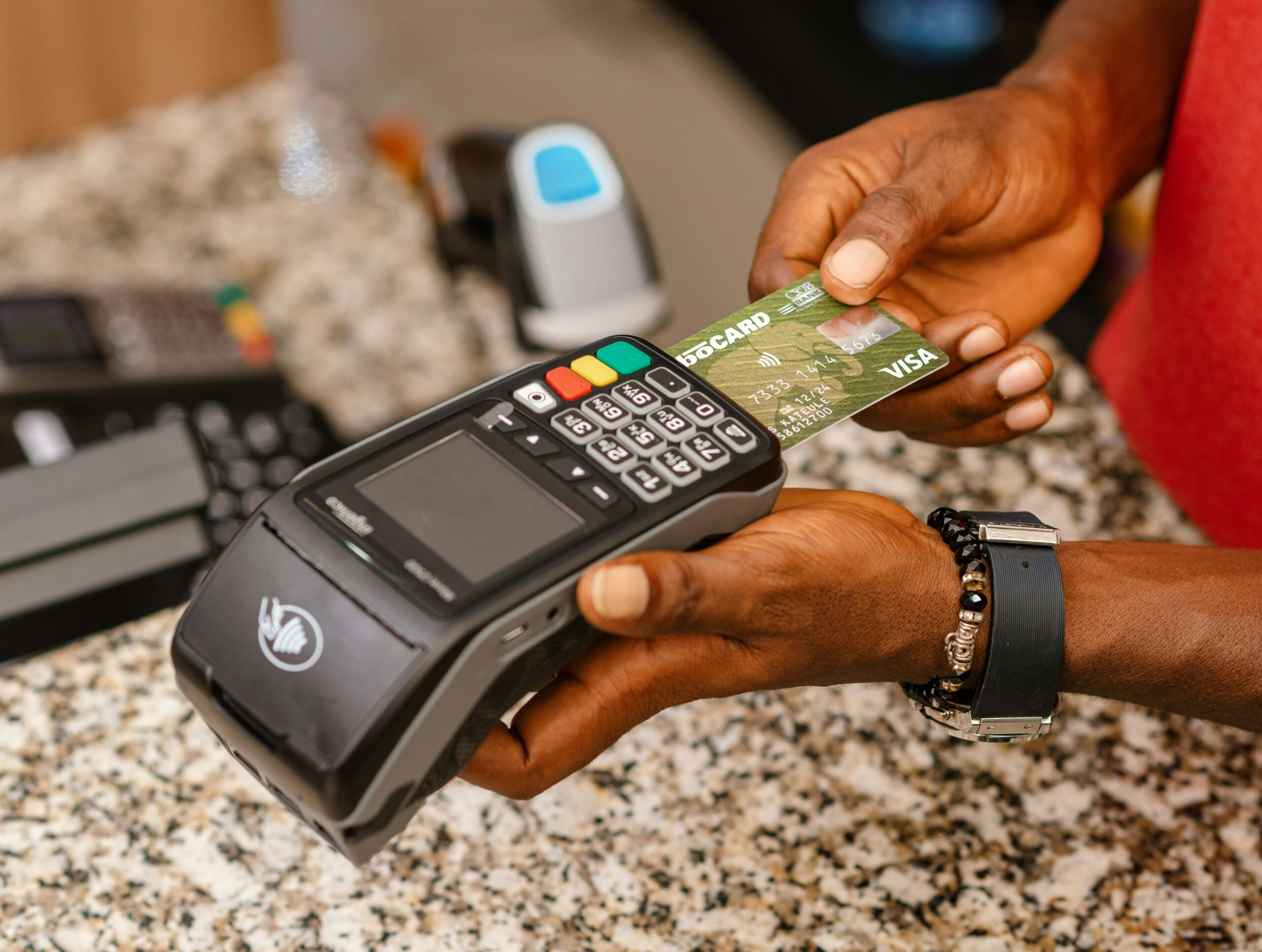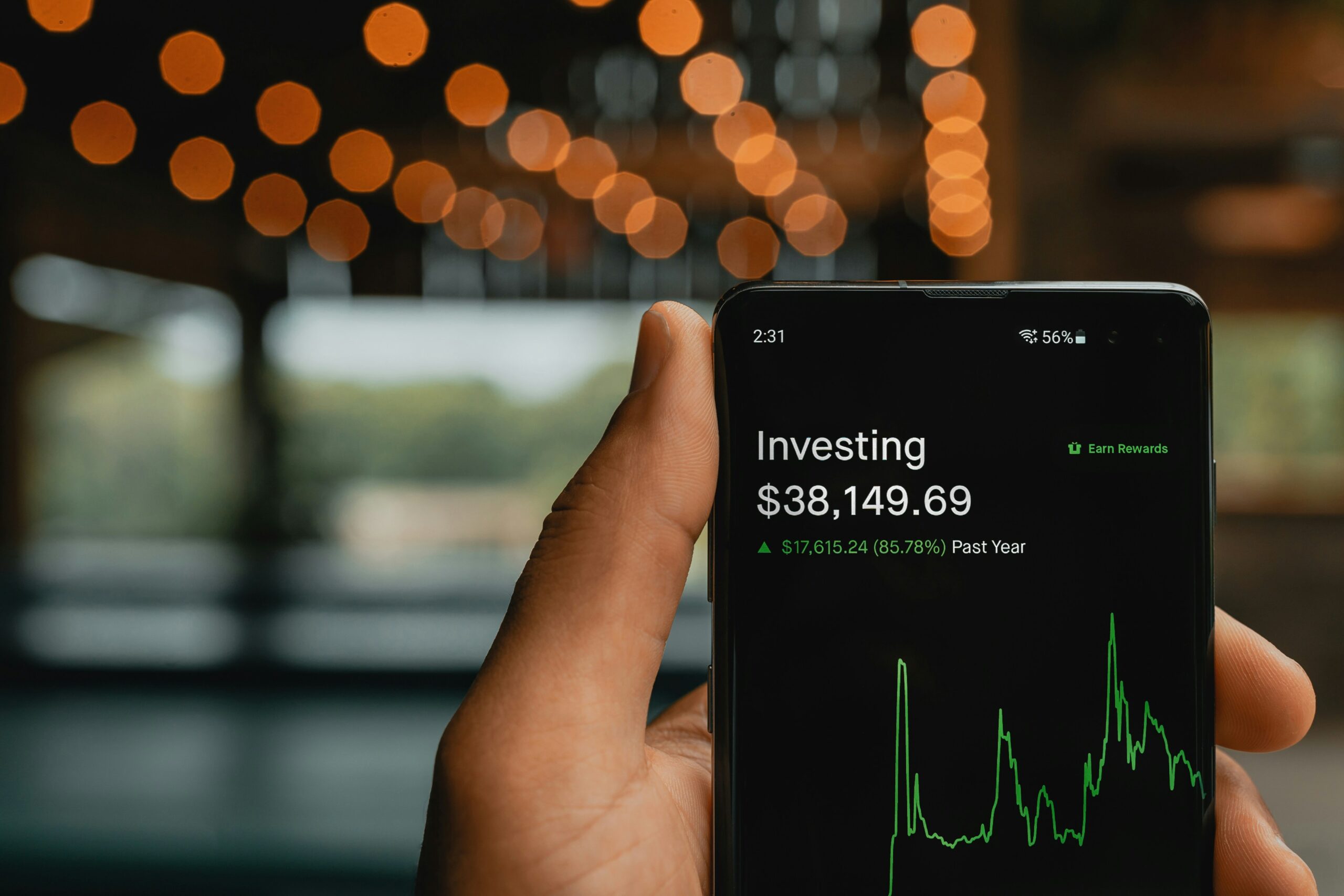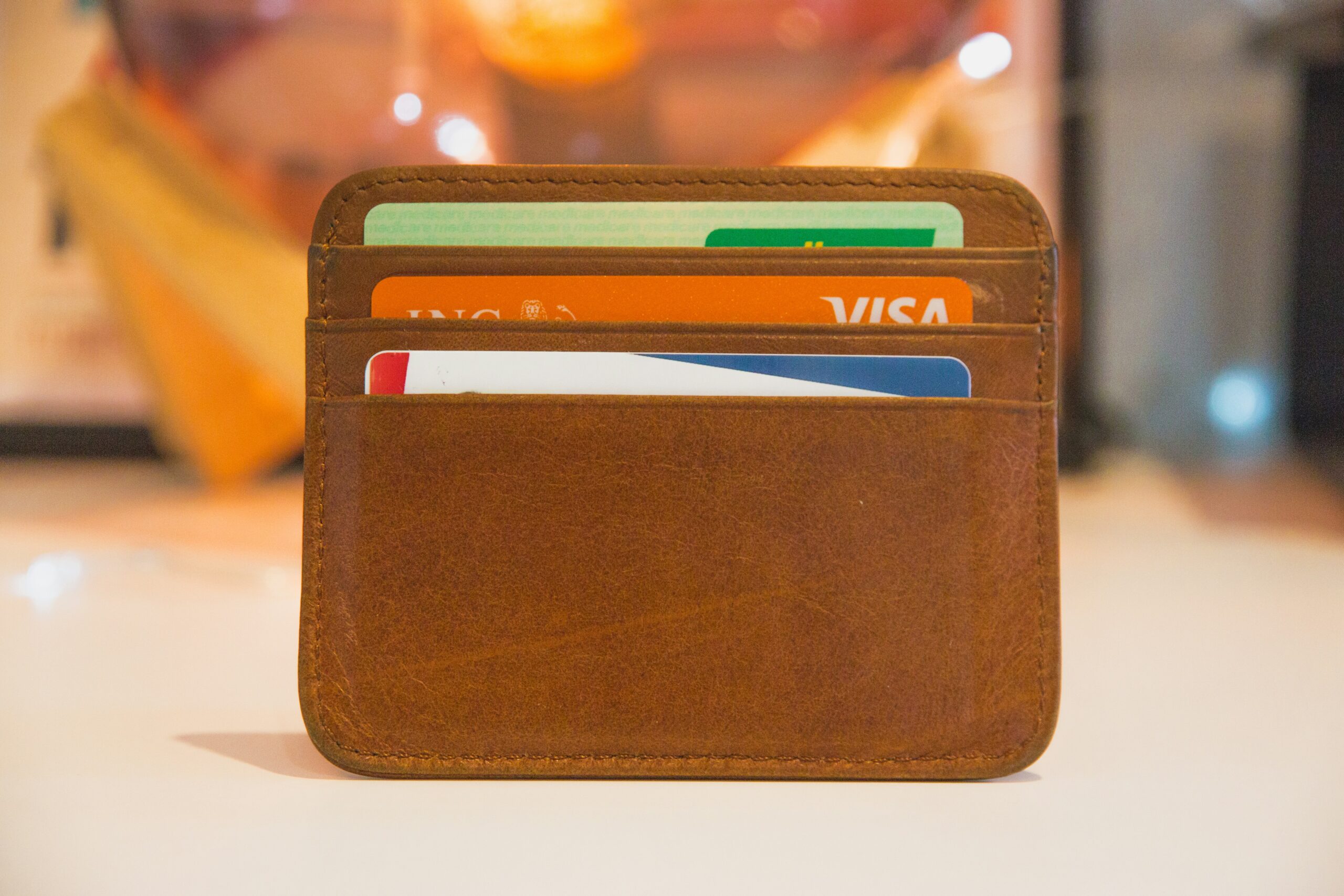How to start investing with just $100 is a question more Americans are asking as barriers to entry in the financial markets continue to shrink. Thanks to technology, low-cost platforms, and fractional shares, it’s entirely possible to begin building wealth with a modest amount. The key is understanding your options, setting realistic goals, and making intentional decisions from day one.
Why $100 is enough to get started
A few decades ago, $100 wouldn’t have opened a single investment account. Today, it can be your first step toward long-term financial growth. Modern investing platforms like robo-advisors, online brokerages, and apps like Fidelity, Vanguard, Schwab, and Robinhood have removed account minimums and allow for fractional share investing. That means you can buy a piece of expensive stocks like Apple or Amazon without needing to purchase a full share.
Additionally, low-cost index funds and ETFs (exchange-traded funds) offer instant diversification. With $100, you can spread your investment across dozens or even hundreds of companies, reducing your overall risk.
Step 1: Choose the right platform
Before investing your $100, choose a reputable, low-fee platform. Look for:
- No account minimums
- Low or zero trading fees
- Access to ETFs and fractional shares
- Strong mobile and desktop tools
Popular platforms for beginners include Fidelity, Charles Schwab, M1 Finance, SoFi, and Betterment. These offer user-friendly experiences and educational resources ideal for first-time investors.
Step 2: Decide your investment approach
You don’t need to become a stock picker to invest successfully. In fact, passive strategies tend to outperform active trading for most beginners. Consider these two common approaches:
1. Index funds and ETFs
Investing your $100 in a low-cost index fund like an S&P 500 ETF (such as VOO or SPY) gives you instant exposure to the largest U.S. companies. ETFs also trade like stocks, so you can buy fractional shares throughout the day.
Read more: What Is Financial Literacy and Why Does It Matter?
2. Robo-advisors
If you prefer a hands-off approach, robo-advisors like Betterment or Wealthfront can manage your $100 for you. They create a diversified portfolio based on your goals and risk tolerance, and often include automatic rebalancing.
Step 3: Define your goals and timeline
Are you investing for retirement, a down payment, or just to learn the basics? Your time horizon and goals should influence your investment choices. Short-term goals may require safer assets like bonds or cash equivalents. Long-term goals, especially those 10+ years away, benefit from exposure to equities, which offer higher growth potential.
Step 4: Stay consistent
Investing $100 is just the beginning. What matters most is developing a habit of contributing regularly. Consider setting up automatic deposits—even if it’s just $25 a month—to build your portfolio over time. Compound interest and market growth work best when you give them time and consistency.
Step 5: Avoid common mistakes
Beginners often make emotional decisions, try to time the market, or chase hype. Avoid:
- Penny stocks or get-rich-quick schemes
- Investing based on trends from social media
- Putting all your money in one company
Stick with diversified, proven strategies. Focus on long-term performance, not daily price swings.
Social media’s influence on the investing community
Conclusion
How to start investing with just $100 isn’t about the amount—it’s about taking action. With the right tools and strategy, your first $100 can be the foundation of a lifelong investing journey. Focus on diversification, keep your fees low, and stay committed to consistent growth. The earlier you start, the greater your potential to build lasting wealth over time.











